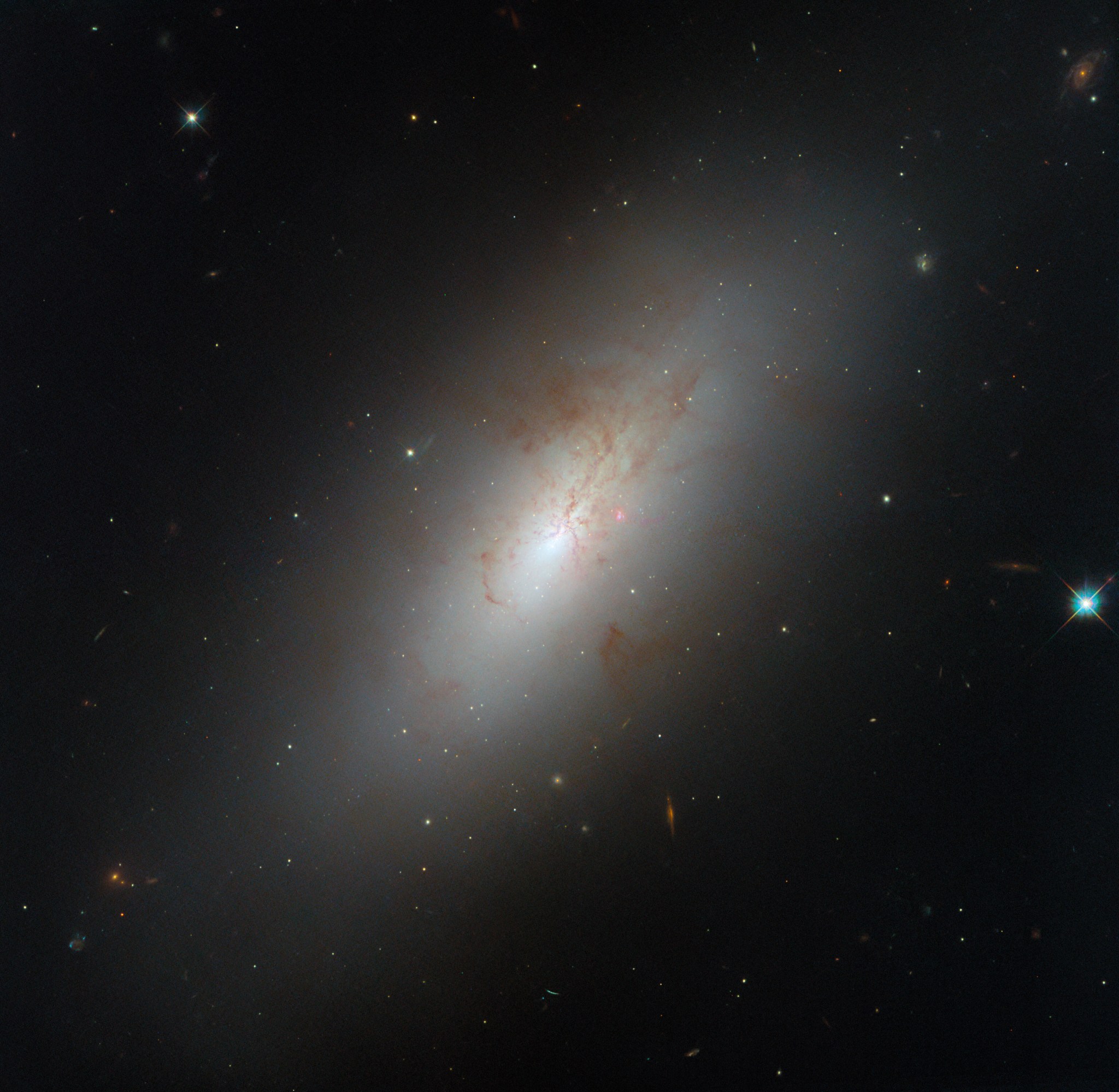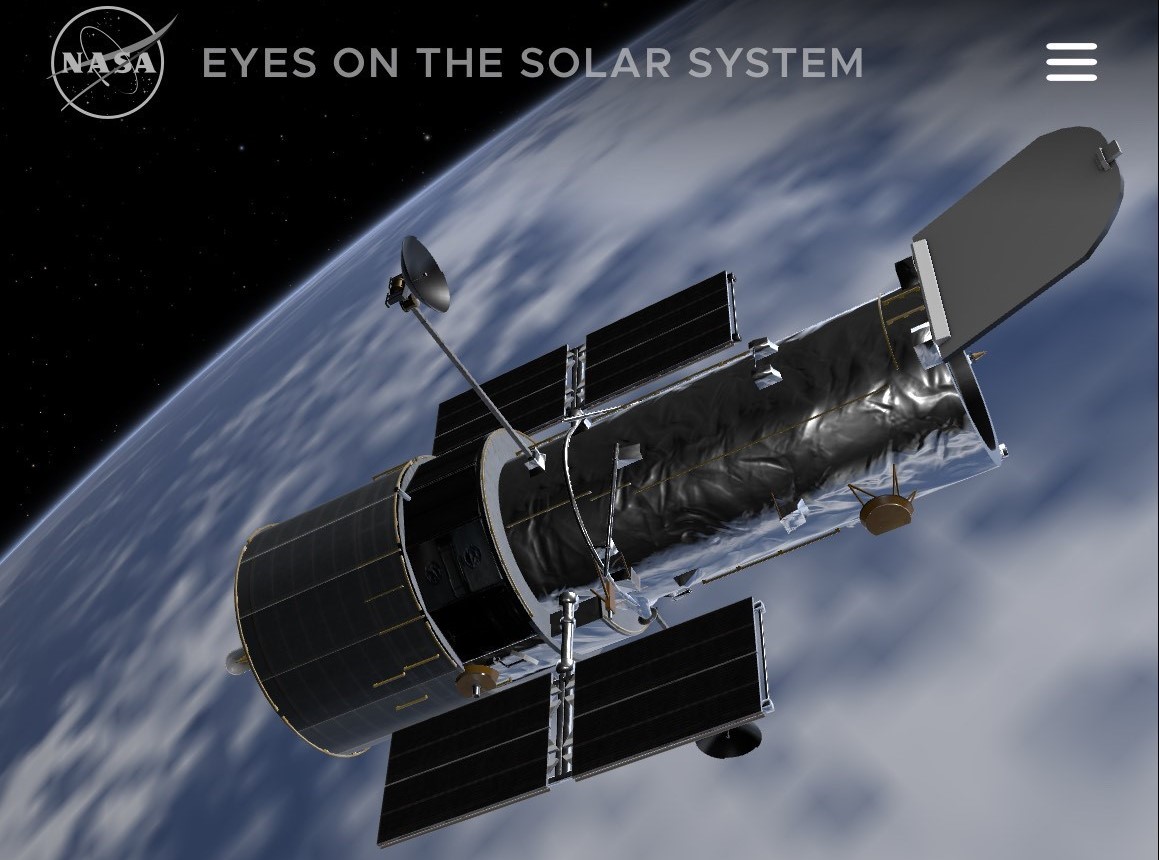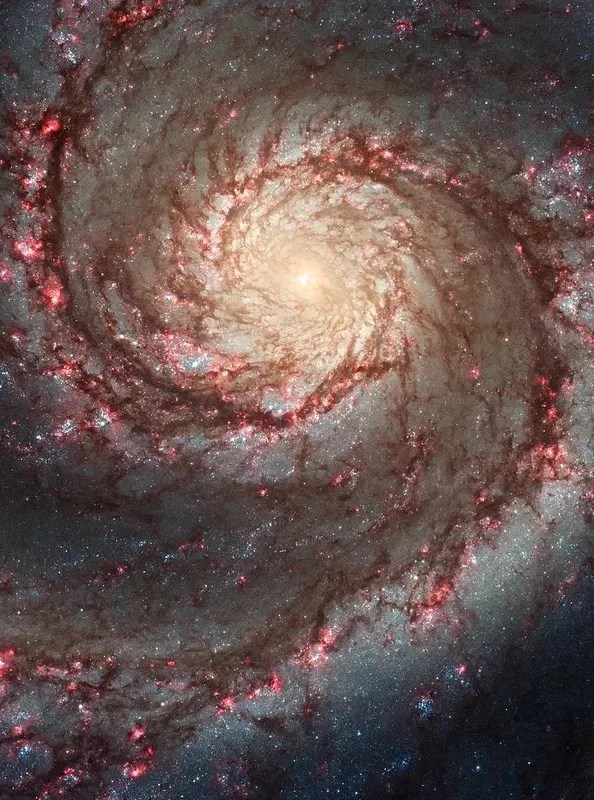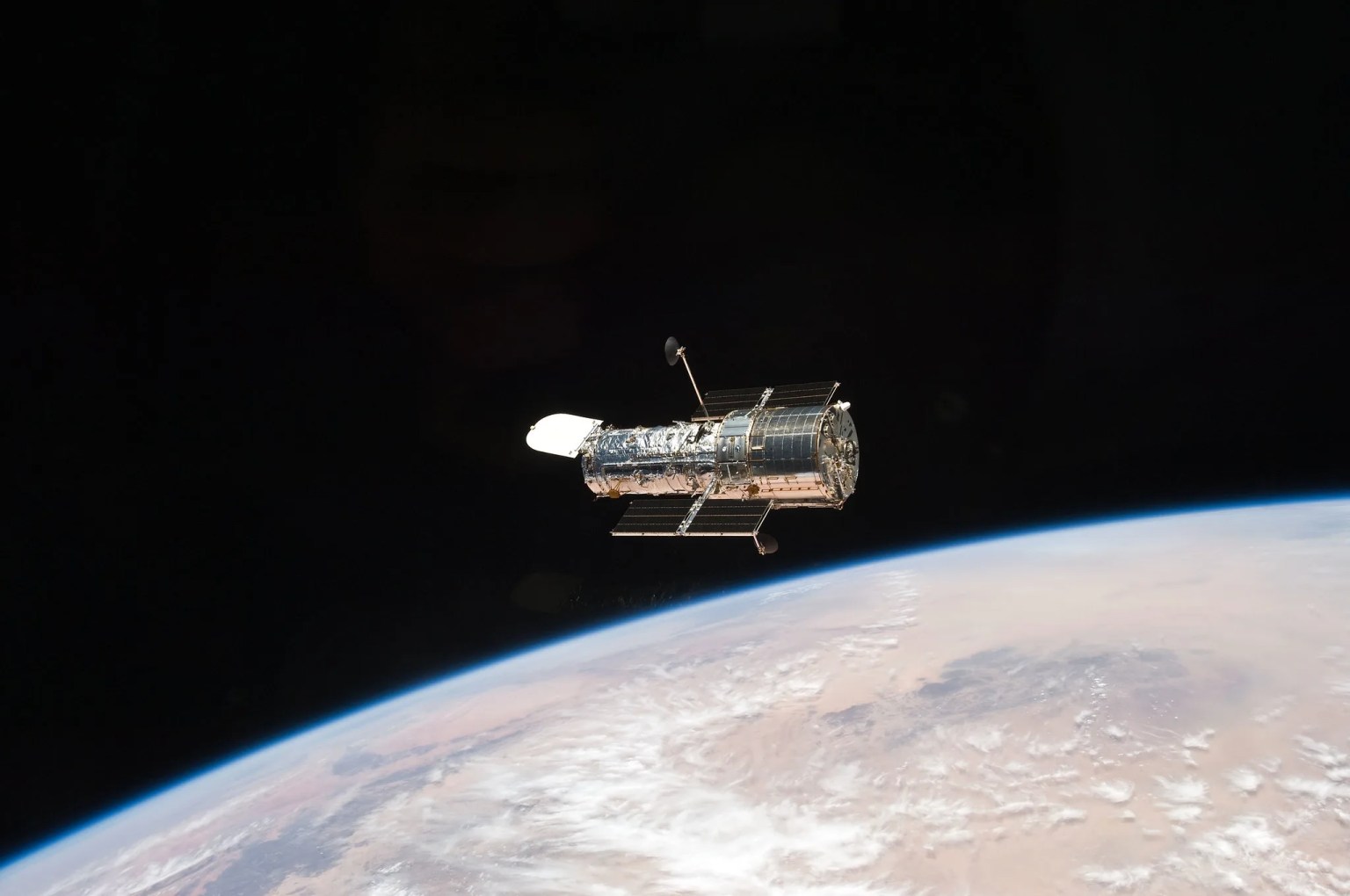Hubble Observes a Peculiar Galaxy Shape
This NASA/ESA Hubble Space Telescope image reveals the galaxy, NGC 4694. Most galaxies fall into one of two basic types. Spiral galaxies are young and energetic, filled with the gas needed to form new stars and sporting spiral arms that host these hot, bright youths. Elliptical galaxies have a much more pedestrian look, and their […]
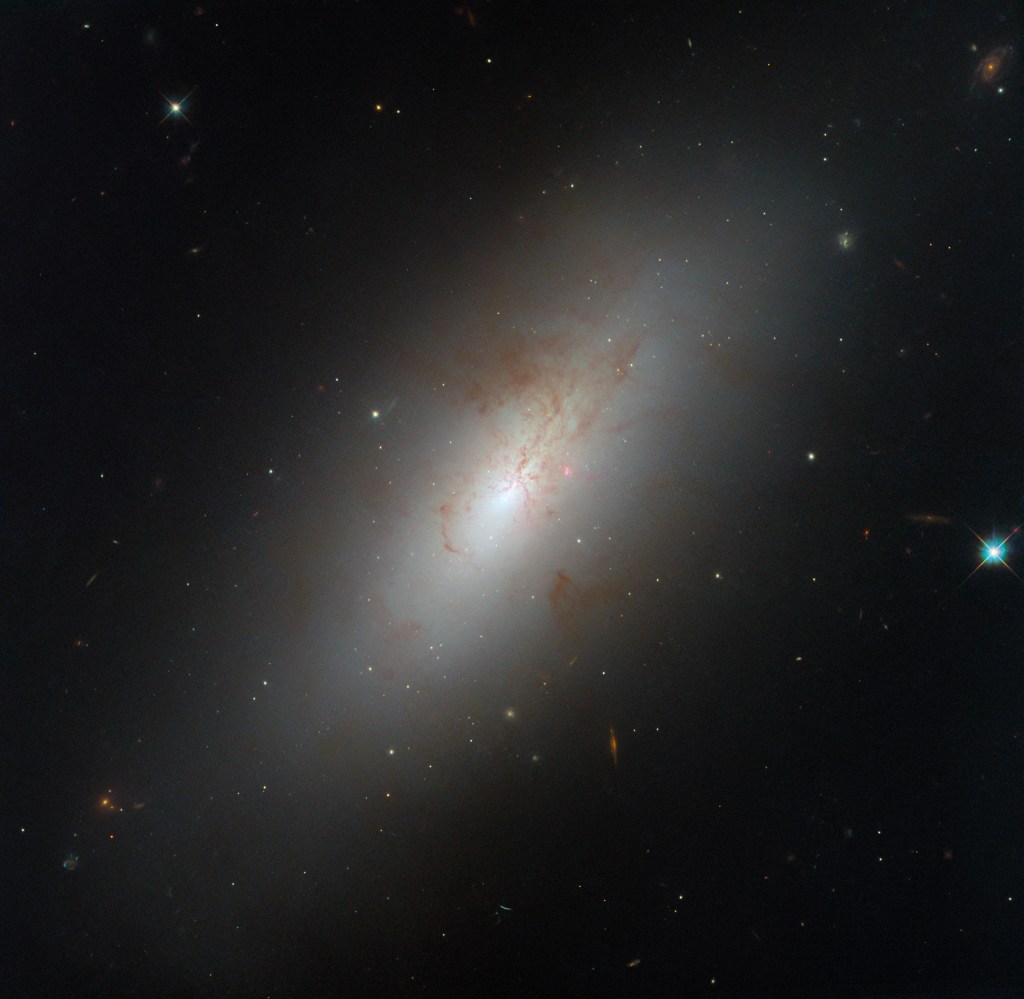
2 min read
Hubble Observes a Peculiar Galaxy Shape
This NASA/ESA Hubble Space Telescope image reveals the galaxy, NGC 4694. Most galaxies fall into one of two basic types. Spiral galaxies are young and energetic, filled with the gas needed to form new stars and sporting spiral arms that host these hot, bright youths. Elliptical galaxies have a much more pedestrian look, and their light comes from a uniform population of older and redder stars. But some galaxies require in-depth study to classify their type: such is the case with NGC 4694, a galaxy located 54 million light-years from Earth in the Virgo galaxy cluster.
NGC 4694 has a smooth-looking, armless disk which — like an elliptical galaxy — is nearly devoid of star formation. Yet its stellar population is still relatively young and new stars are actively forming in its core, powering its bright center and giving it a markedly different stellar profile from that of a classic elliptical. Although elliptical galaxies often host significant quantities of dust, they generally do not hold the fuel needed to form new stars. NGC 4694 is filled with the hydrogen gas and dust normally seen in a young and sprightly spiral, and a huge cloud of invisible hydrogen gas surrounds the galaxy.
As this Hubble image reveals, NGC 4694’s dust forms chaotic structures that indicate some kind of disturbance. It turns out that the cloud of hydrogen gas around NGC 4694 forms a long bridge to a nearby, faint dwarf galaxy named VCC 2062. The two galaxies have undergone a violent collision, and the larger NGC 4694 is accreting gas from the smaller galaxy. This collision helped give NGC 4694 its peculiar shape and star-forming activity that classify it as a lenticular galaxy. Lenticular galaxies lack the unmistakable arms of a spiral, but still have a central bulge and disk. They also hold more star-forming gas than an elliptical galaxy. Some galaxies, like NGC 4694, aren’t as easy to categorize as one type or the other. It takes a bit more digging to reveal their true nature, and thanks to Hubble, we have the ability to uncover their secrets.
Media Contact:
Claire Andreoli
NASA’s Goddard Space Flight Center, Greenbelt, MD
claire.andreoli@nasa.gov
What's Your Reaction?



















.jpg?#)























